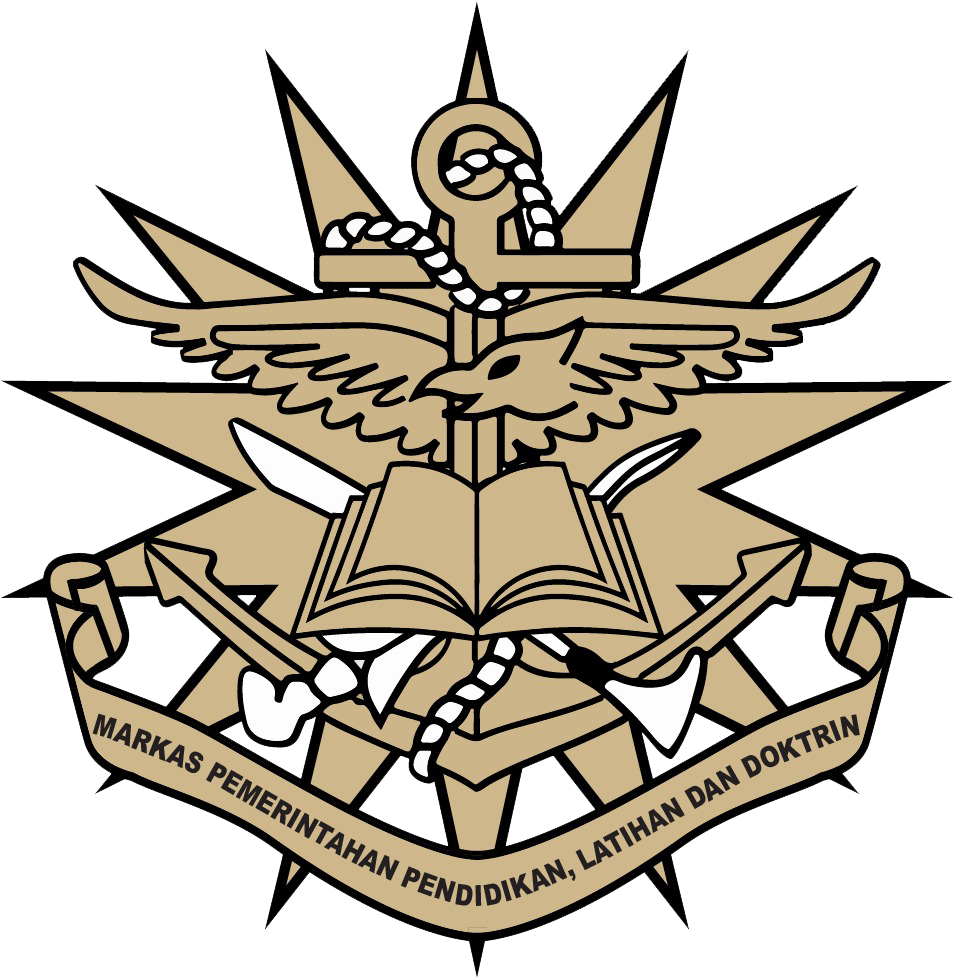Test Update 2
The concept PUSPAHANAS was mooted by YAB Tun Abdul Razak bin Dato' Hussein through the proposal of the Armed Forces Institute for Defence Studies (Institut Pengajian Pertahanan Angkatan Tentera - IPPAT). It was focused to establish a holistic institute to cater for security and defence at three different levels; joint operations, strategic and grand strategic. However, the establishment of PUSPAHANAS was executed in separate stages through the initial establishment of all three colleges in their respective phases. The Malaysian Armed Forces Staff College (MAFSC) was established on 8 Jan 1972 and meant to cater for studies involving joint operations. MAFSC was officiated by YAB Tun Abdul Razak bin Dato' Hussein, the 2nd Prime Minister to fulfil the needs of preparing competent officers at the mid-management level of their career.
IPPAT Concept Approval & MJSSC Establishment
The concept of PUSPAHANAS (then IPPAT) was approved by the 196th Armed Forces Council Meeting on 7 Feb 1980 with 1 Headquarters and 3 colleges. The establishment of IPPAT continued through a directive by the Armed Forces Council (MAT) which outlined a need to establish an institute to cater for security and defence studies at the strategic level which involve officers. Hence, the Malaysian Joint Service Staff College (MJSSC) was established on 1 April 1980.
MAFDC Establishment
The name MJSSC was changed to the Malaysian Armed Forces Defence College (MAFDC) on 1 Jan 1981 and the MAFDC was officiated on 16 Sep 1981 by YAB Tun Dr. Mahathir bin Mohamad, the 4th Prime Minister of Malaysia. At that point, MAFDC was the most esteemed military studies institution being established in Malaysia.
IPPAT Name Change to PUSPAHANAS
The name of IPPAT was changed to the National Academy of Defence Studies (Akademi Pengajian Pertahanan Kebangsaan – APPK) and subsequently, the name of APPK was amended to the National Centre for Defence Studies (Pusat Pengajian Pertahanan Nasional – PUSPAHANAS).
Ministers' Board Approval
The concept of establishing PUSPAHANAS was approved by the Ministers' Board Meeting 6/91 on 27 June 1991.
356th JPP Meeting
The 356th Jawatankuasa Panglima-Panglima (JPP) Meeting on 30 October 2003 revised the concept of PUSPAHANAS to contain 3 entities (1 Headquarters and 2 colleges).
409th JPP Meeting
The Malaysian Armed Forces felt that the concept of PUSPAHANAS must be reverted to its initial concept (1 Headquarters and 3 colleges) due to the variety of levels their respective course participants are engaged to. Hence, it was reverted and approved by the 409th JPP Meeting on 22 November 2011.
450th JPP Meeting
The proposal for a bare minimum PUSPAHANAS' organisation and appointments was proposed and approved by the 450th JPP Meeting on 13 November.
Training Command Amendment
The proposal was amended based on the 455th JPP Meeting on 12 December 2018 to establish the Malaysian Armed Forces Training Command which was meant to place all training centres of the Malaysian Armed Forces Headquarters under one command establishment.
PUSPAHANAS Ad Hoc Status
The concept of the Malaysian Armed Forces Training Command was scrapped and PUSPAHANAS will remain with its Ad Hoc establishment order until all new appointments are approved by the Public Services Department (JPA).
